Species are continuing to arrive. They may be passing through on their way south or maybe they are staying for the season. Either way, they are of interest to birders because we have not seen them for a while.
Departures are more difficult to track; a species has been here for a while and has been seen regularly, so it is difficult to recognize that their numbers are diminishing. Nevertheless, birders try to determine when the last individuals have left for the season.
On Oct. 15, Shea Fee had a productive day finding new seasonal arrivals. At Slough Cove she spotted a yellow-breasted chat and an orange-crowned warbler. At nearby Crackatuxet Cove she spotted three ruddy ducks. Then, to top off the day, she added a common nighthawk — a new species for the year — at Wasque. Four new species in one day is pretty exciting!
Another species arriving for the winter is the Atlantic brant. The first four brant showed up at Sarson’s Island on Oct. 9, spotted by Lanny McDowell. Sam Low and the Stanwood trio of David, Eleanor and Josh had a flock of 10 fly by near the Cape Pogue Gut on Oct. 13. Liam Waters observed a flock of 25 at State Beach On Oct. 15.
On Oct. 14, David Padulo saw a northern shoveler — a duck — on Crackatuxet Cove, the first sighting since last March.
Any of the sightings listed in the following paragraphs could be the last of the season. But they may also be seen over and over again before they depart. We cannot tell until we realize that the species has not been seen recently.
Ruby-throated hummingbirds may be an example of this. Seven people reported at least one ruby-throated hummingbird in late September but none have been reported in the past two weeks. However, we may yet see more. Remember January 2013 when we had an Allen’s and two ruby-throated hummingbirds?
David Stanwood reports that the osprey was still at Tisbury Water Works on Oct. 12. Another hawk, the Ameican kestrel, has been seen a lot this fall across the south shore, most recently by Bob Shriber and Susan Whiting at the Gay Head Cliffs on Oct. 16.
Pectoral sandpipers were seen on Oct. 15 by Shea Fee at Katama Farm and by Susan Whiting and Lanny McDowell at the Gay Head Cliffs. Greater yellowlegs were reported by Bruce Polikoff at the Caroline Tuthill Preserve on Oct. 12, on the next day by Sharon Simonin on a different part of Sengekontacket Pond, and by Shea Fee at Katama Farm on Oct. 15. Jeff Bernier found the two golden plovers lingering at Little Beach on Oct. 15.
A variety of warblers are still around but of these species only the yellow-rumped and palm warblers are likely to hang around into the winter. Liam Waters spotted yellow-rumped warblers on the Oct. 15 Birding 101 field trip to the Farm Institute in Katama. The palm warbler was spotted by Shea Fee and David Padulo.
On Oct. 11 Rick Karney saw an American redstart near his West Tisbury house, while that same day Aubrey Noelle found a black-throated blue warbler elsewhere in West Tisbury. On Oct. 15 Liam Waters found two black-throated blue warblers at the Gay Head Moraine in addition to a Cape May warbler at Sheriff’s Meadow Sanctuary and blackpoll warblers at Sheriff’s Meadow, Lighthouse Road, and the Gay Head Morraine. And the Martha’s Vineyard Bird Club’s Birding 101 course found a Nashville warbler at the FARM Institute.
A reminder that yellow-rumped warblers used to be more common comes from two sightings: Liam Waters encountered a flock of 250 of them along Lighthouse Road on Oct. 15 and Matt Pelikan reported 130 along nearby Oxcart Road. As recently as the 1980s, we routinely saw such large flocks.
Other notable sightings include seven purple finches seen by Lanny McDowell and Susan Whiting at the Gay Head Cliffs on Oct. 15. Shea Fee observed an eastern meadowlark near Crackatuxet Cove on Oct. 15. Matt Pelikan found nine tree swallows, eight swamp sparrows and a Lincoln’s sparrow along Oxcart Road on Oct. 10. And in the unusual location department, an immature yellow-bellied sapsucker landed on the belt of a fisherman at Dogfish Bar on Oct. 9.
The following species have been seen on the Island this month: snowy egret, semipalmateted plover, willet, semipalmated sandpiper, eastern wood pewee, red-eyed vireo, house wren, northern parula, Cape May warbler, prairie warbler, black and white warbler, common yellowthroat, Wilson’s warbler, scarlet tanager, rose-breasted grosbeak, indigo bunting, dickcissel and bobolink.
Other species could still be seen here since they have been seen in the Cape and islands area this month although they have not been reported from the Vineyard: piping plover, red knot, Common tern and Forster’s tern, least flycatcher, barn swallow, Tennessee warbler, black-throated green warbler, grasshopper sparrow and saltmarsh sparrow.
Finally, winter finches erupt southward when their preferred seeds in their normal northerly winter ranges are scarce. Scientists across these northern coniferous forests measure seed abundances and the data is used by the Finch Research Network to predict which species are likely to erupt southward this winter.
This forecast predicts that an invasion year is likely for purple finch, red crossbill and northern-breeding red-breasted nuthatches — species that are showing up now although the crossbill has yet to be found on the Island. And it is possible that both common and hoary redpolls, pine siskins and evening grosbeaks will erupt southward of their normal winter ranges.
Something to look forward to!
Please email your sightings to birds@mvgazette.com.
Robert Culbert is an ecological consultant with Nature Watch LLC living in Vineyard Haven.


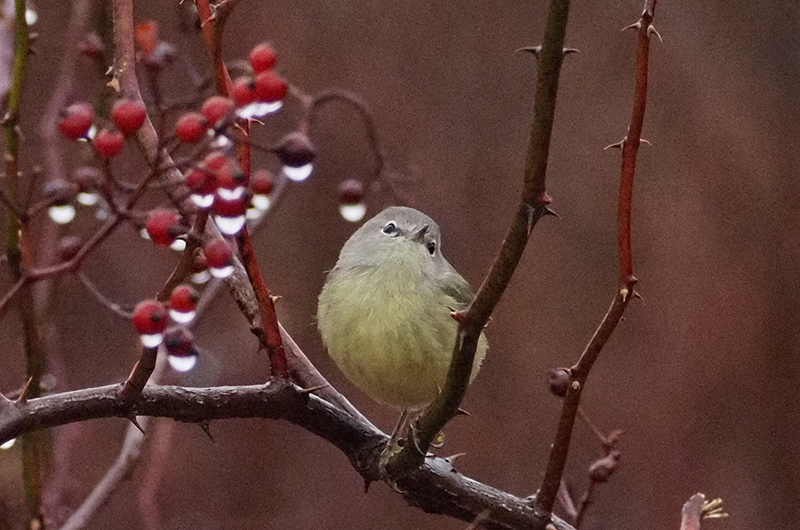
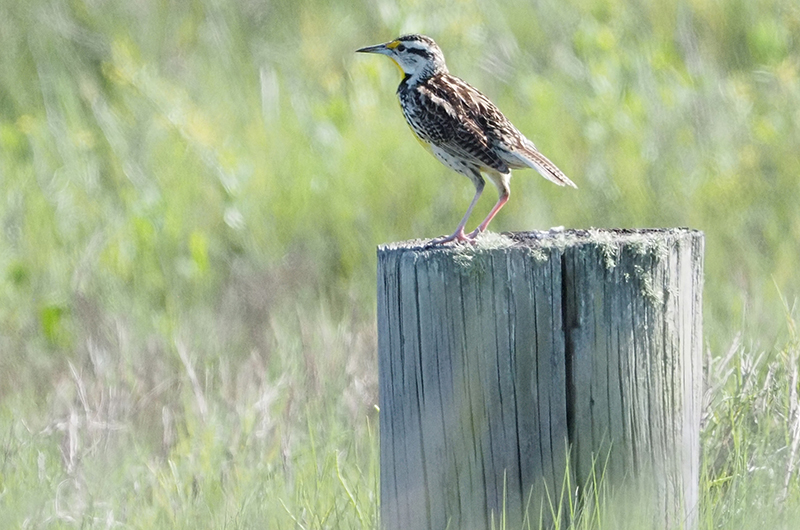
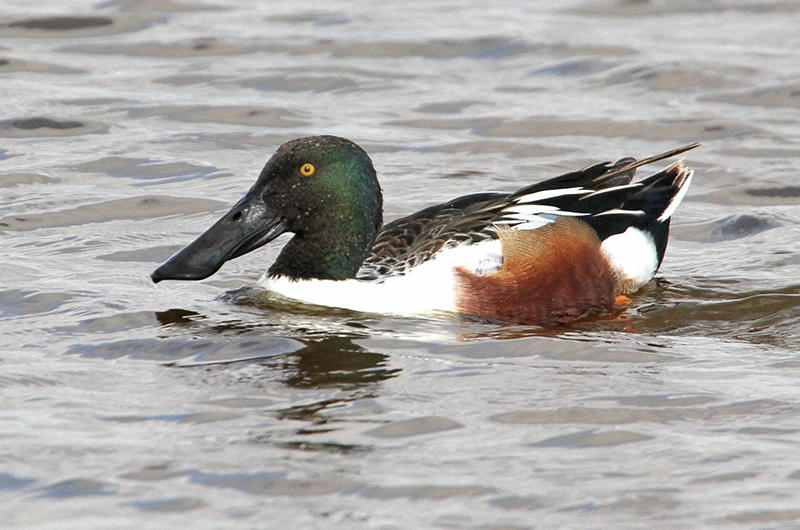
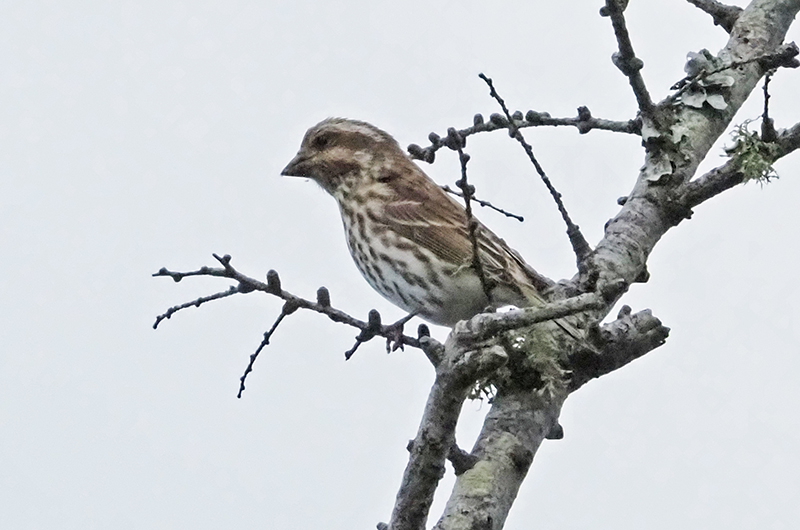
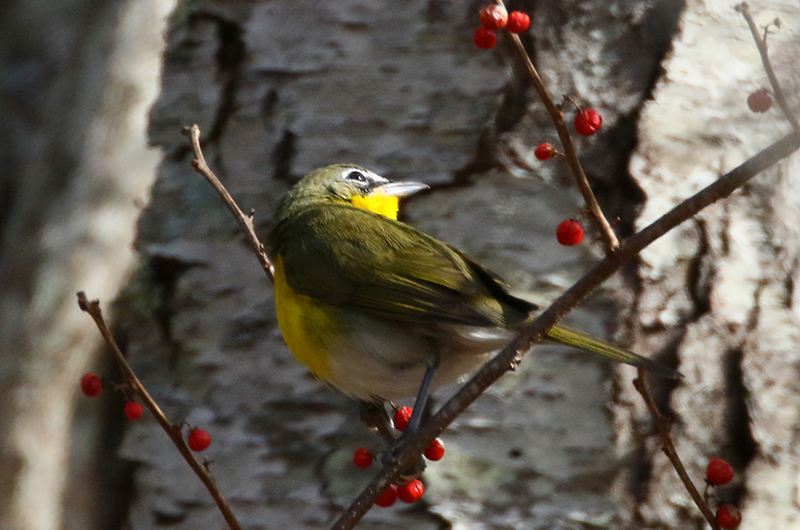





Comments
Comment policy »